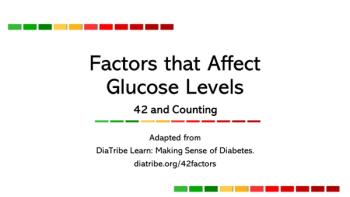
Gene Variation Linked to Oncogene Mutation in Melanoma
BETHESDA, Md. - Inherited variations in a gene that codes for skin pigmentation can dramatically increase the risk of acquiring mutations in another gene that's linked to one form of melanoma, according to researchers here.
BETHESDA, Md., June 30 - Inherited variations in a gene that codes for skin pigmentation can dramatically increase the risk of acquiring mutations in another gene that's linked to one form of melanoma, researchers here say.
The finding means that even people with dark skin may be at increased risk, if they inherit a mutated form of the melanocortin-1 receptor (MC1R) gene, said Maria Teresa Landi, M.D., Ph.D., of the National Cancer Institute here.
The new understanding "could lead to more targeted therapy and targeted prevention," Dr. Landi said in an interview.
Researchers have known for some time that there are links between inherited variation in the gene-which is involved in such things as skin pigment and hair color-and melanoma, especially in areas of skin highly exposed to sunlight.
At the same time, melanoma that occurs on parts of the body that are only intermittently exposed to sun-so-called non-chronic sun damage (non-CSD) melanoma-is highly likely to have mutations in a known oncogene, BRAF, Dr. Landi and colleagues noted in a report in the online edition of the journal Science.
But exactly why those tumors should be highly associated with BRAF mutations, while they're less frequent in chronic sun damage cancers, was not known, Dr. Landi said. "We have now discovered that MC1R dramatically predisposes individuals with no excessive sun exposure and variable pigmentation to developing (non-CSD) melanoma," by increasing the risk of BRAF mutations.
"This is not (melanoma caused by) chronic, chronic, chronic sun exposure," Dr. Landi said. "It's typical of the indoor worker who goes on vacation and spends a lot of time in the sun suddenly."
Analysis of two cohorts of patients with non-chronic sun damage melanoma-one in Italy and one in the U.S.-showed that having variant forms of the MC1R gene sharply increased the risk of having mutations in BRAF, although, Dr. Landi and colleagues said, "the mechanism mediating this susceptibility is currently unknown."
There's no immediate implication for clinical practice, Dr. Landi said: "At the moment, we only know this link." But, she noted, clinical trials of drugs that target the BRAF pathways are already under way and understanding the link between MC1R and BRAF may lead to better drug development.
In the two cohorts, having one or more variant alleles of MC1R was associated with an increased risk of BRAF mutations. Compared to patients with non-chronic sun damage melanoma and wild-type MC1R:
- Italian patients with any variant had more than 13 times the risk of BRAF mutations. The odds ratio was 13.2, with a 95% confidence interval from 2.1 to 81.4.
- American patients with any variant had six times the risk. The odds ratio was 6.0, with a 95% confidence interval from 1.2-30.6.
When the researchers compared the Italian cohort (of 85 patients) with 171 healthy controls, they found that the overall melanoma risk was 3.3-fold higher in individuals with any MC1R variant compared to individuals with no variant and that the risk increased with the number of variations.
Stratifying the tumors based on the presence or absence of BRAF mutations showed that the increased risk of non-chronic sun damage melanoma was entirely confined to cancers with BRAF mutations, Dr. Landi and colleagues reported.
For people with one MC1R variant allele, the odds ratio was 7.2 (with a 95% confidence interval from 2.1 to 24.9) and climbed to 17.0 (with a 95% confidence interval from 4.2 to 68.6) for those with multiple variant alleles, compared with wild-type MC1R. The finding was highly significant with P<0.0001 for the trend.
Newsletter
Enhance your clinical practice with the Patient Care newsletter, offering the latest evidence-based guidelines, diagnostic insights, and treatment strategies for primary care physicians.

































































































































































































































































































